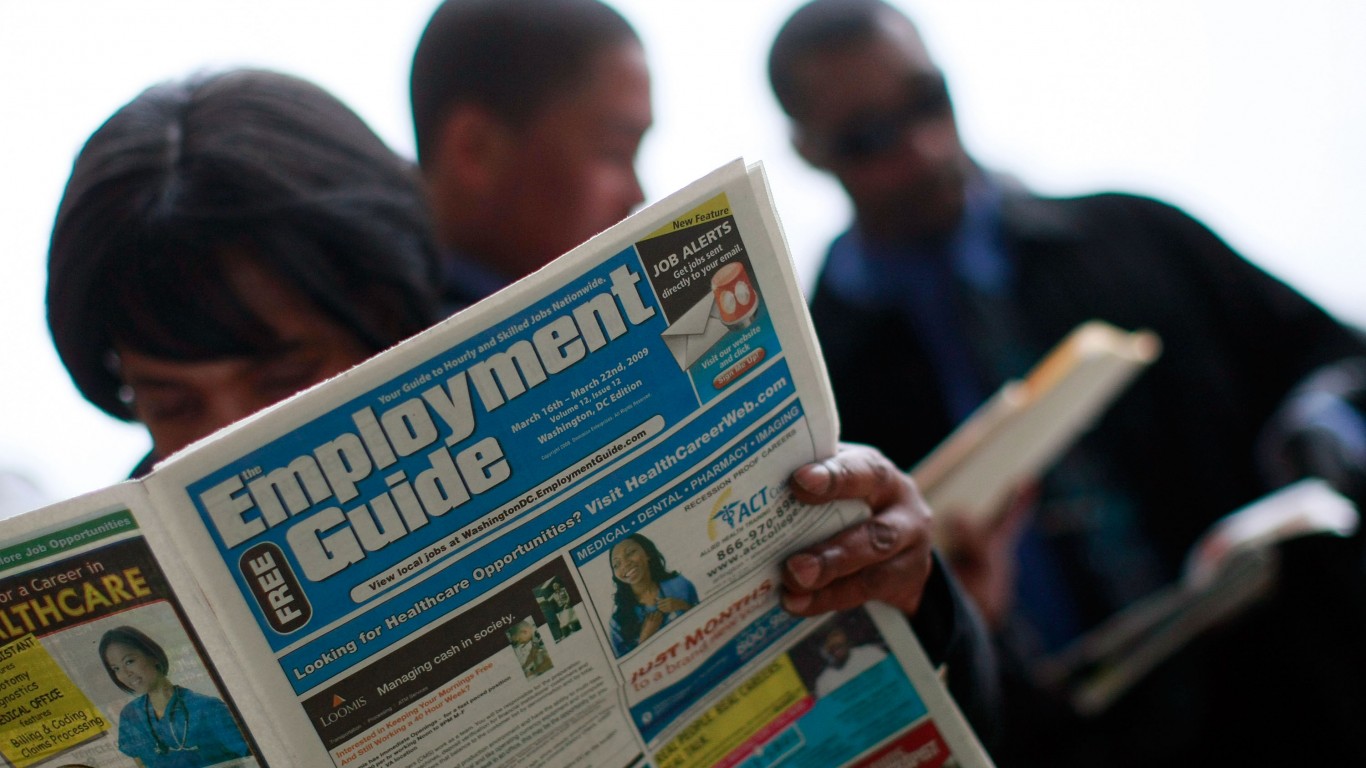Friday’s Employment Situation report from the U.S. Labor Department may have just made investing in bonds safe again. With all the talk of the Federal Reserve wanting to taper its bond buying from $85 billion per month to $75 billion, Wall Street was just getting used to the fact that interest rates were likely going to rise in 2014.
Now the fear of rising rates looks more in line with what we have suggested for a few weeks now. It seems that if interest rates rise, that rise will be very gradual.
The nonfarm payrolls came in at only 74,000 for December, while Bloomberg was calling for 200,000 and whisper numbers were higher. Private sector payrolls only grew by 87,000 in December, also short of the 189,000 official estimate and even higher whisper number.
Where this report became very convoluted and confusing was that the unemployment rate magically dropped to 6.7% from 7.0%. The pixie dust that made this possible was that the labor workforce participation rate among able-bodied workers fell to 62.8%. That was the lowest participation rate going back about 35 years.
Friday’s jobs report just made the Federal Reserve’s job more difficult. It seems certain that the unemployment threshold of 6.5% as the rule for a quantitative easing trigger will have to be ratcheted down to 6.0% or so. After all, if only 682 of each 1,000 able-bodied workers are working or looking for work, then what would the unemployment rate be if these sidelined adults actually go back to work?
Here is where the bond market just got saved: The 10-year Treasury yield fell from almost 3% earlier in the week to 2.88% on Friday. The 30-year Treasury bond yield fell from 3.88% earlier in the week, and more than 3.9% last week, down to 3.82% on Friday.
The so-called line in the sand is 3% yields in the 10-year and 4% yields in the 30-year. If rates rise above these levels, two things can happen: buying interest or a panic sell gap that could lead to even higher rates.
If the jobs market is going to continue sucking wind this bad, then bonds may have just been saved from a serious rise in interest rates. At least for now.
Want to Retire Early? Start Here (Sponsor)
Want retirement to come a few years earlier than you’d planned? Or are you ready to retire now, but want an extra set of eyes on your finances?
Now you can speak with up to 3 financial experts in your area for FREE. By simply clicking here you can begin to match with financial professionals who can help you build your plan to retire early. And the best part? The first conversation with them is free.
Click here to match with up to 3 financial pros who would be excited to help you make financial decisions.
Thank you for reading! Have some feedback for us?
Contact the 24/7 Wall St. editorial team.


